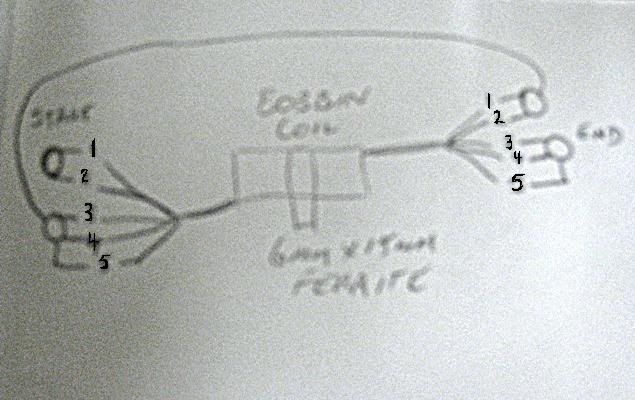Hi Slider,
Thanks for that.
Cheers, Penno
Thanks for that.
Cheers, Penno





 )
)










 At switch on, I get a very minor but constant sort of little ripple across the screen and that's all. Knobs and whatnot still work but there's no signal apparently from anything. It could be the leads though. Scope is old - EICO TR-410.
At switch on, I get a very minor but constant sort of little ripple across the screen and that's all. Knobs and whatnot still work but there's no signal apparently from anything. It could be the leads though. Scope is old - EICO TR-410.



 looks like the same logic.
looks like the same logic.

Comment